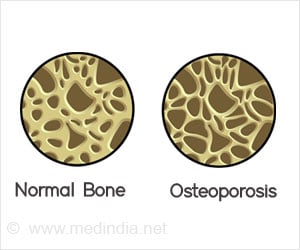Scientists have used a Unified System of Photometry, a street lighting system can be designed to reduce energy use while maintaining or improving perceptions of visibility, safety, and security.
Scientists have used a Unified System of Photometry, a street lighting system can be designed to reduce energy use while maintaining or improving perceptions of visibility, safety, and security.
Scientists have demonstrated this by using multiple field tests.The scientists were from the Rensselaer Polytechnic Institute's Lighting Research Center (LRC).
"In nighttime conditions, the human eye is more sensitive to short-wavelength light, which produces 'cool' tones like blue or green, as opposed to long-wavelength light, which produces 'warm' tones like yellow and red," said LRC Director of Energy Programs Peter Morante.
"By replacing traditional, yellowish high-pressure sodium (HPS) lights with 'cool' white light sources, such as induction, fluorescent, ceramic metal halide, or LEDs, we can actually reduce the amount of electric power used for lighting while maintaining or even improving visibility in nighttime conditions," he added.
LRC field demonstration results from the past few years in rural and suburban areas of Connecticut, Massachusetts, and Texas verified that by implementing the Unified System of Photometry the street lighting system consumed 30 to 50 percent less electric power and the residents believed they could see better and said they felt safer, when compared to lighting systems designed using the traditional system of photometry.
The Unified System of Photometry provides an objective method for optimizing light source spectra for minimal energy use while maintaining good visibility, according to the LRC researcher team.
Advertisement
According to LRC Director Mark Rea, researchers around the world are also concluding that the current system of photometry could use some updating to better characterize light source performance under nighttime conditions.
Advertisement
ARU








